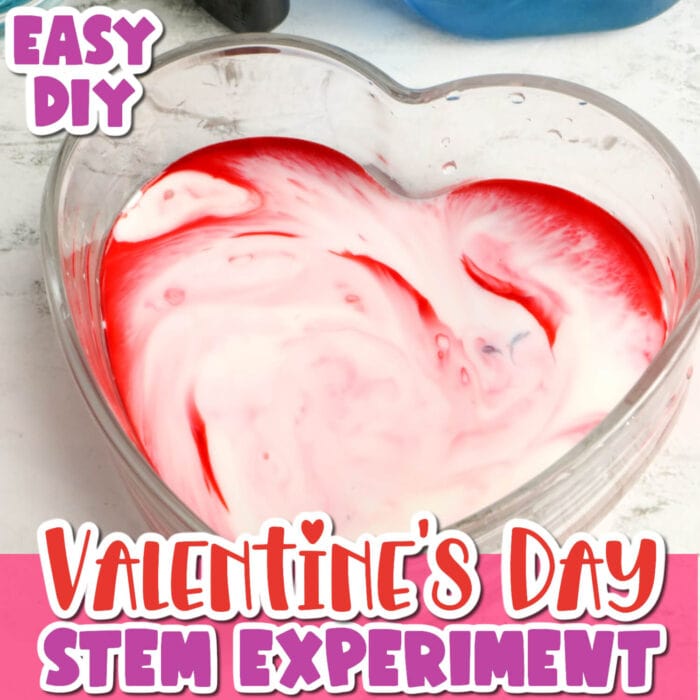Valentine’s Day Baking Soda and Vinegar Fizzy Heart Experiment
I’ll take any excuse to conduct a science experiment with kids! Valentine’s Day, Fourth of July, Christmas, Easter, the season doesn’t really matter. It’s always a good time to make chemical reactions. Since it’s Valentine season, this fizzy heart experiment is a wonderful way to celebrate. The Baking Soda & Vinegar Fizzy Heart Experiment for Kids is easy and exciting! And, of course, it’s packed with scientific learning.

Recommended Grade Level:
Table of Contents
- Valentine's Day Fizzing Heart Science
- What's the science behind the vinegar and baking soda reaction?
- Benefits of the Valentine's Day Frozen Fizzing Hearts Experiment
- Materials needed for the Fizzy Hearts Baking Soda and Vinegar Experiment:
- Step-by-Step Instructions for the Frozen Fizzing Hearts Science Experiment
- Yay! You did it. What Now?
- Extend and Adapt the Fizzing Hearts Activity:
- More Ways to Explore Valentine's Day in Preschool
- Frequently Asked Questions
- Valentine's Day Fizzing Hearts Baking Soda and Vinegar Experiment
- Valentine's Day Printables for Kids
Valentine’s Day Fizzing Heart Science
I love this fizzing heart experiment because it takes the holiday that appears as a distraction to kids all February long, and makes it into an engaging learning experience. I’ve learned over the years that instead of pulling your hair out over distracted kids, big emotions, and wild behaviors, sometimes it’s best to embrace the season. Since we’re educators, we can’t eliminate the learning, but we sure can disguise it! Our Growing Theme Bundle for Preschool has all of the holiday themed activities you’ll need for an entire school year!
Need more engaging science ideas? We might have a few in mind!
What’s the science behind the vinegar and baking soda reaction?
Even if preschoolers aren’t quite ready to grasp all of the scientific jargon or concepts, early science experiments start building a solid foundation for future learning. After the results are in, here is the science behind this baking soda and vinegar science experiment:
- Vinegar contains acetic acid and hydrogen ions
- Baking soda contains sodium and bicarbonate ions
- When the two are mixed together, they create carbonic acid
- The carbonic acid then begins to decompose into carbon dioxide, which rises and creates the bubbles/fizz
Benefits of the Valentine’s Day Frozen Fizzing Hearts Experiment
Besides the fact that kids are naturally curious, there are lots of other benefits they’ll reap by exploring mixtures, reactions, and more. This baking soda and vinegar experiment is easy to do, which means that rather than focusing on preparation and process, they can focus on observation and experimentation. Which creates a much more laid-back atmosphere for working on other skills.
Build Background Knowledge
Previous experiences, language, and vocabulary related to science provide valuable background knowledge. As children grow and delve into different science concepts, their early experiments give them a firm foundation to build upon.
Fine Motor Skills
Experiments often require pouring, dipping, squirting, and other movements that require fine motor control. I can’t think of a more fun way to exercise those muscles!
Hand-eye Coordination
Those same movements that require fine motor control also improve hand-eye coordination.
Language Development
Giving children a wide variety of experiences from a young age helps them understand the world. As they learn and talk about science, language and vocabulary skills are greatly enhanced.
Materials needed for the Fizzy Hearts Baking Soda and Vinegar Experiment:
- ¾ c. baking soda
- ¼ c. warm water
- Large mixing cup
- Red food coloring
- Vinegar
- Heart-shape silicone mold (an ice cube tray also works)
- Shallow bowl
- Medicine dropper (optional)

Step-by-Step Instructions for the Frozen Fizzing Hearts Science Experiment
Step One:
Gather all the necessary supplies before beginning the science experiment. In a large mixing cup, stir together the baking soda and water until the baking soda is dissolved. Stir in red food coloring.

Step Two:
Pour the mixture into the heart-shaped silicone mold and freeze overnight or until completely frozen.

Step Three:
Pour vinegar into the shallow bowl. Carefully lower the frozen heart into the vinegar. Observe the reaction!

Tip: Use a dropper of vinegar for a more localized reaction.

Yay! You did it. What Now?
Well now that your kids are hooked on creating chemical reactions, the sky’s the limit! I like to have students record results on paper. For preschool, that can be as simple as a half-sheet of paper. Ask children to draw what happened during the fizzing hearts experiment.
Extend and Adapt the Fizzing Hearts Activity:
Alter the Mixtures: Create fizzy hearts by freezing vinegar and water. Then, activate by dipping into a baking soda/water mixture.
Play with Amounts: Add more or less of each ingredient, like more baking soda, to compare the reactions.
Create a Challenge: Older students might enjoy a friendly competition. Which group can create the most impressive explosion? How? Why?
Speed it Up: For learners that need more instantaneous results, omit the freezing process and just add the vinegar right to the heart mold.
Get Creative: Get a little artsy by adding multiple colors, or mixing colors, to see what those results are in addition to the chemical fizzing.
More Ways to Explore Valentine’s Day in Preschool
Holiday-themed learning activities are the best, because you typically get high engagement. Looking for more meaningful learning opportunities centered around V-Day? Check out our 17 Valentine’s Day Candy Activities, or this Roll & Count Math Game.
Frequently Asked Questions
These are frequently asked questions about the Valentine Fizzing Heart experiment.
What causes the reaction when the hearts are dipped in vinegar?
The fizzing reaction occurs because vinegar (an acid) reacts with baking soda (a base), releasing carbon dioxide gas.
Can I use other shapes, too?
Yes, you can use any mold shape you like to make the experiment more fun and engaging.
How can I extend the learning beyond witnessing the reaction?
Explain the basic concept of chemical reactions and encourage children to observe and describe what they see and hear during the fizzing process.
What can we do while we wait for the hearts to freeze?
Make predictions, learn about chemical reactions, and build background knowledge so students are more prepared when they see the actual experiment.
Valentine’s Day Fizzing Hearts Baking Soda and Vinegar Experiment
Hopefully this experiment added a scientific element to a holiday that can sometimes be all about flowers, candy and gifts. Comment below to let us know how your heart experiment went!
![Valentine's Day Baking Soda and Vinegar Fizzy Heart Experiment 17 i just [heart] these! valentine pre-k bundle 35+ pre-k math and literacy activities one easy bundle with arrow pointing to a collage image of the valentine's day activities.](https://lifeovercs.com/wp-content/uploads/2024/01/valentine-prek-bundle-banner.jpg)
35+ Valentine’s Day Math and Literacy Activities
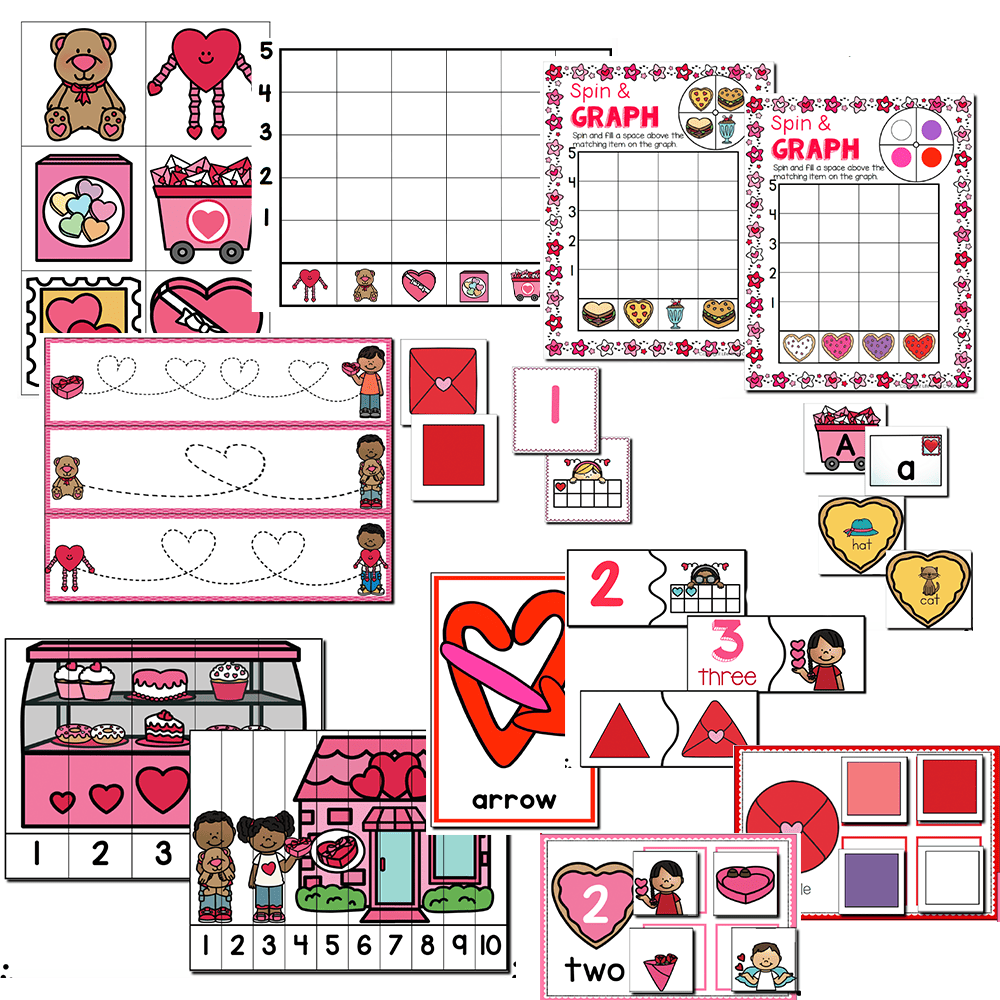
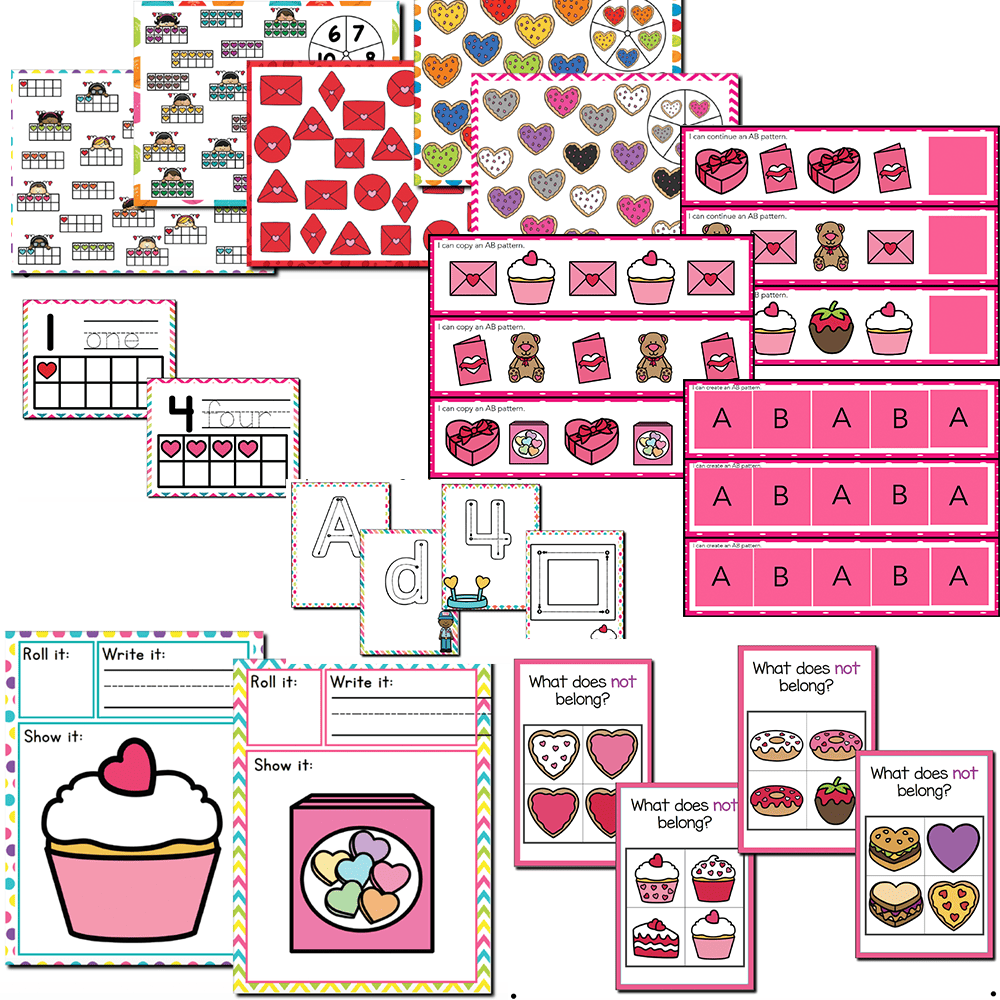
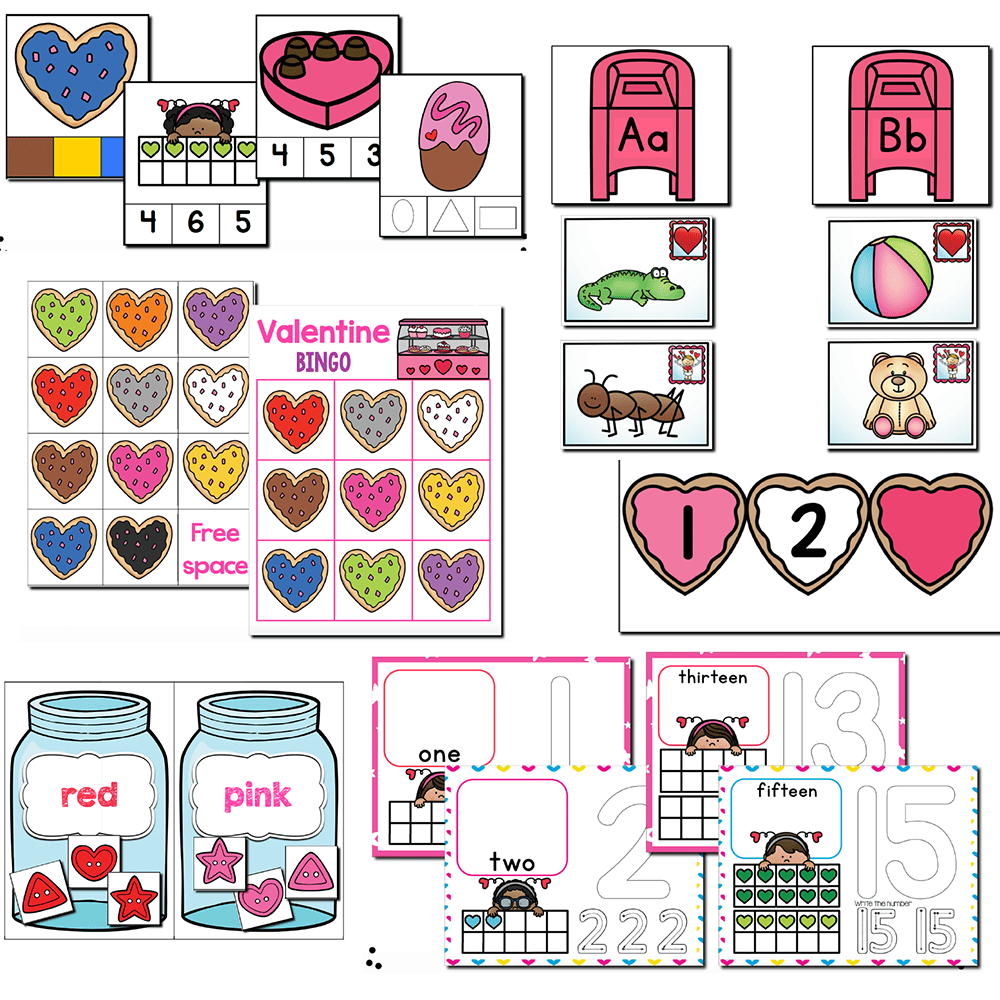
Included in the Valentine’s Day Math and Literacy Activities:
- 2 Sets of Valentine Number Mats (empty ten-frame, heart filled ten-frame)
- Valentine Cards Beginning Sound Match Up
- 4 Sets of Valentine Clip Cards (color, ten-frame, array, shape)
- Color Button Sort
- Class Set of Color BINGO
- 2 Graphing Dice Games (Matching pictures and Numbers 1-6)
- 2 Spinner Graphing Games
- Valentine Theme Line Tracing Cards & Picture Tracing Cards
- Line-Up Puzzles for Counting to 5 & 10
- 4 Matching Games (picture, number, alphabet, rhyme)
- Heart Missing Number Cards
- 3 Levels of AB Patterns
- Valentine Play Dough Mats
- 2 Sets of Counting to 10 Puzzles (array, ten-frame)
- Valentine Shape Puzzles
- 2 Roll and Count Mats
- 2 Sets of Valentine Sorting Activities (shapes and numbers 1-10)
- 5 Spin & Cover Games (1-5, 6-10, shape, picture)
- Heart Ten-Frame Cards
- Valentine Tic-Tac-Toe
- 4 Sets of Tracing Cards (uppercase, lowercase, number, shape)
- Visual Discernment Clip Cards (What does not belong?)
- Trace, Write & Draw the Room
More Experiments You’ll Love:
- Baking Soda and Vinegar Chemical Reaction Printable
- Earth Day Baking Soda and Vinegar Science Experiment
- Baking Soda and Vinegar Easter Egg Science Experiment
- Fizzing Ice Science Experiment
Even More Science Experiments:
Valentine’s Day Printables for Kids
- Valentine’s Day Snap Cube Mats
- Valentine’s Day Pom Pom Fine Motor Mats
- Play Dough Pretend Play Set
- Roll and Count Valentine’s Day Game
- Valentine’s Day Counting Posters and Mats
Search All Activities
Looking for more? Find exactly what you need here:

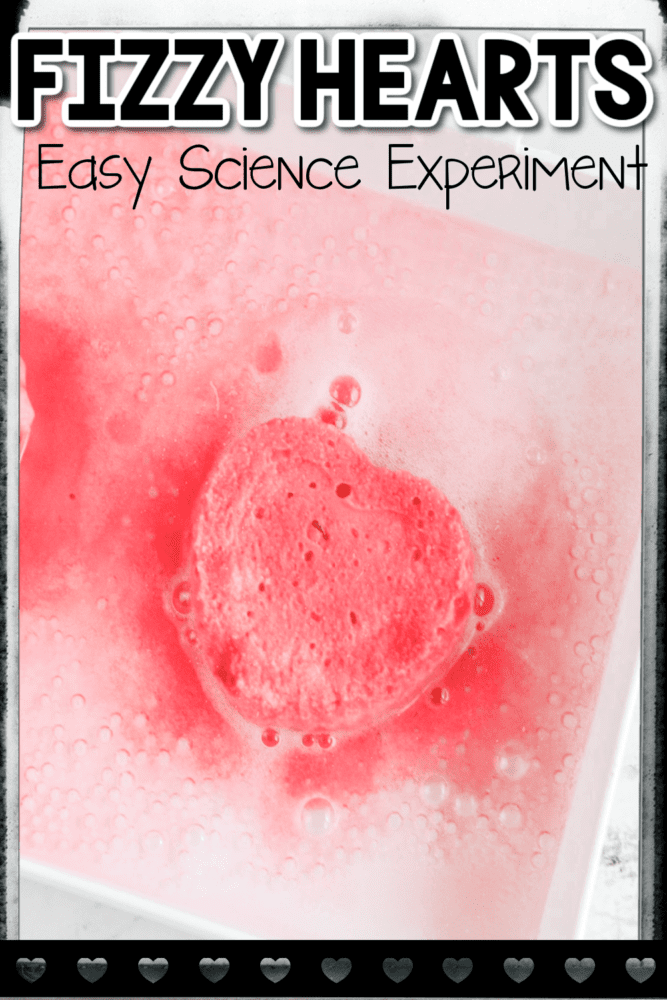
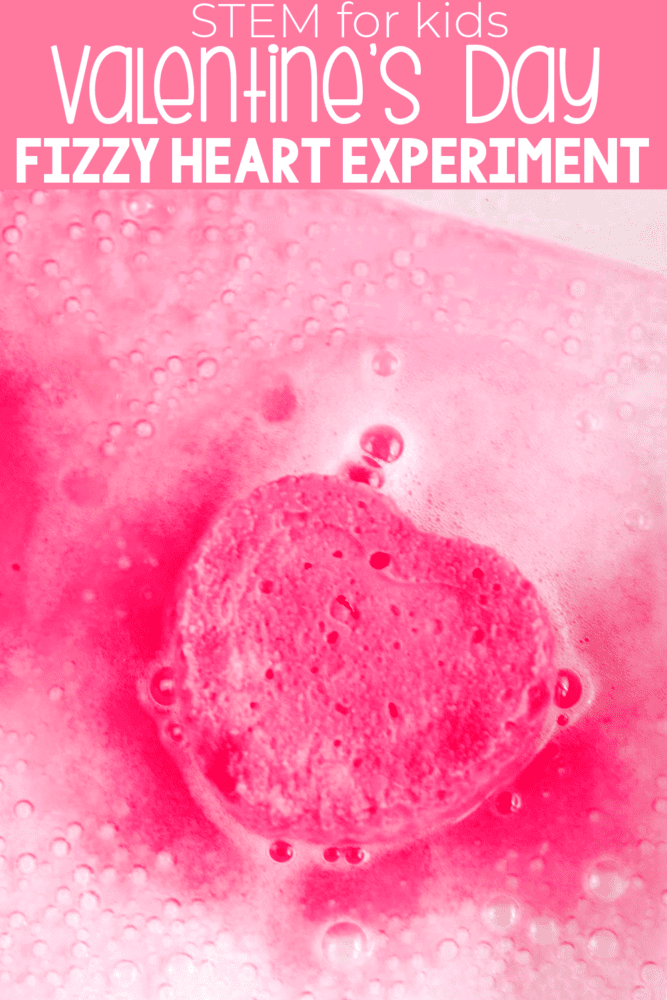


![text says [valentine's science for kids] vertical image of heart shaped baking soda and vinegar experiment for valentine's day](https://lifeovercs.com/wp-content/uploads/2022/02/Frozen-Hearts-Valentines-Day-Baking-Soda-Science-Experiment-11-667x1000.png)

![text overlay [valentine's day science experiment for kids] with vertical image of pink heart baking soda and vinegar experiment for kids](https://lifeovercs.com/wp-content/uploads/2022/02/Frozen-Hearts-Valentines-Day-Baking-Soda-Science-Experiment-9-667x1000.png)
![vertical image with two photos of a heart shaped baking soda and vinegar science experiment text says [valentine's day fizzing hearts science experiment]](https://lifeovercs.com/wp-content/uploads/2022/02/Frozen-Hearts-Valentines-Day-Baking-Soda-Science-Experiment-8-667x1000.png)
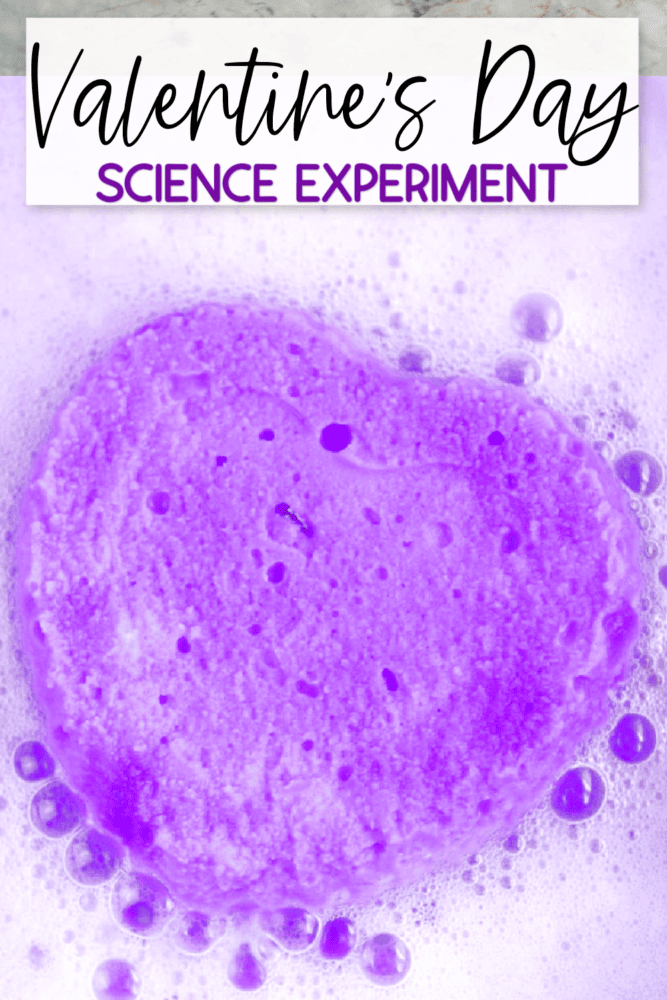
![vertical image text overlay [valentine's day science experiment] with image of a red baking soda heart fizzing with vinegar](https://lifeovercs.com/wp-content/uploads/2022/02/Frozen-Hearts-Valentines-Day-Baking-Soda-Science-Experiment-5-667x1000.png)
![vertical image with pink heart baking soda and vinegar science experiment for kids text overlay [valentine's science]](https://lifeovercs.com/wp-content/uploads/2022/02/Frozen-Hearts-Valentines-Day-Baking-Soda-Science-Experiment-4-667x1000.png)


